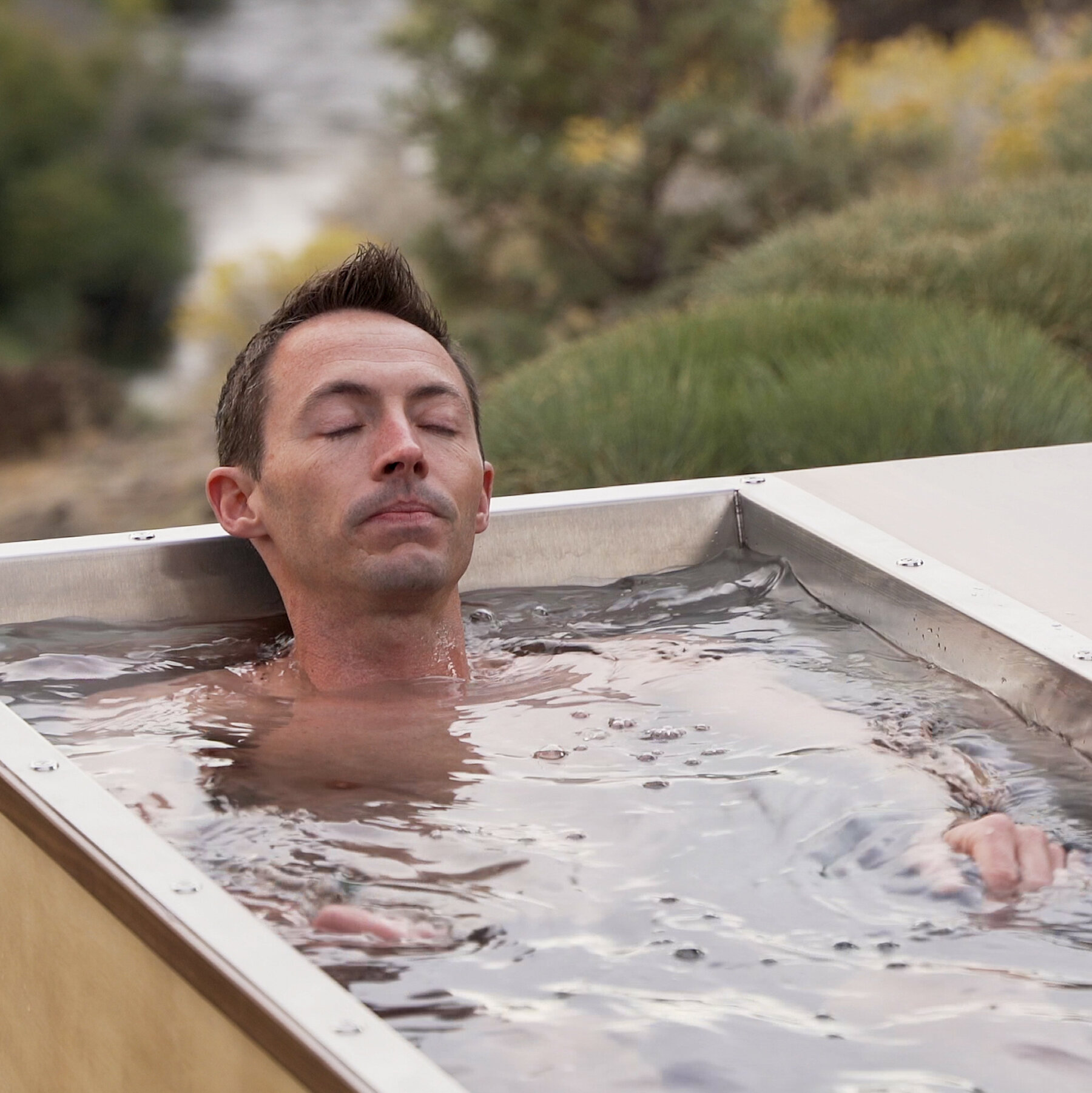
- Stress Relief and Mental Clarity: One of the most immediate effects of cold plunging is its ability to jolt the body into a state of heightened alertness. The shock of the cold water triggers the release of adrenaline and noradrenaline, hormones that help the body cope with stress. As a result, many cold plungers report feeling more alert and focused after their dip, experiencing a mental clarity akin to a brisk morning walk or a refreshing cup of coffee.
- Enhanced Immunity: Cold water immersion has long been associated with strengthening the body’s immune response. The sudden drop in temperature stimulates the production of white blood cells, which play a crucial role in fighting off infections and diseases. Regular cold plunging has been shown to reduce the frequency of colds and flu, making it a valuable addition to any wellness routine, especially during the colder months.
- Improved Circulation and Recovery: The cold plunge is also a favorite among athletes and fitness enthusiasts for its ability to enhance circulation and aid in muscle recovery. The cold water causes blood vessels to constrict, which helps to flush out lactic acid and other metabolic waste products that accumulate during exercise. This promotes faster recovery and reduces post-workout soreness, allowing athletes to train harder and more frequently.
- Mood Elevation and Depression Relief: Cold plunging has been likened to a natural antidepressant, thanks to its ability to stimulate the release of endorphins, the body’s feel-good hormones. Many cold plungers report feeling a sense of euphoria and heightened well-being after their plunge, making it an effective mood booster for those struggling with depression or anxiety. Additionally, the invigorating sensation of cold water on the skin can provide a welcome distraction from negative thoughts and rumination.
- Skin and Hair Health: While it may seem counterintuitive, cold water immersion can actually be beneficial for the skin and hair. Cold water tightens the pores and constricts blood vessels, reducing inflammation and puffiness. It also seals the hair cuticle, resulting in smoother, shinier locks. Many cold plungers swear by its rejuvenating effects on their skin, claiming a youthful glow and improved complexion after regular dips.
- Improved Circulation and Accelerated Recovery: Cold plunging has emerged as a popular recovery tool among athletes and fitness enthusiasts due to its ability to enhance circulation and expedite the recovery process. The sudden immersion in cold water causes blood vessels to constrict, which helps to flush out metabolic waste products accumulated during intense physical activity. This process, known as vasoconstriction, not only reduces inflammation but also promotes the delivery of fresh, oxygen-rich blood to tired muscles.Moreover, cold plunging facilitates the activation of the body’s natural healing mechanisms. The cold water exposure triggers a process called hormesis, whereby the body responds to mild stressors by upregulating its repair and regeneration pathways. As a result, regular cold plunging sessions can lead to faster recovery times between workouts, allowing individuals to train more consistently and effectively.
Additionally, cold plunging is particularly effective for managing acute injuries and inflammation. The cold water acts as a natural analgesic, numbing pain receptors and reducing swelling. Many athletes incorporate cold plunging into their post-injury rehabilitation protocols to expedite healing and minimize downtime.
Furthermore, the contrast between the cold water immersion and subsequent rewarming can have profound effects on muscle recovery. Alternating between cold and warm temperatures, known as contrast therapy, promotes vasodilation and vasorestriction, which helps to flush out toxins and improve nutrient delivery to muscles. This contrast-induced hyperemia can enhance recovery and alleviate muscle soreness, allowing individuals to bounce back quicker and perform at their best.
In essence, cold plunging serves as a powerful recovery tool that complements traditional methods such as rest, hydration, and nutrition. By harnessing the therapeutic benefits of cold water immersion, individuals can optimize their recovery process, reduce the risk of injury, and maximize their performance potential. Whether you’re a seasoned athlete or a weekend warrior, integrating cold plunging into your recovery routine can be a game-changer for your overall well-being and athletic endeavors.

